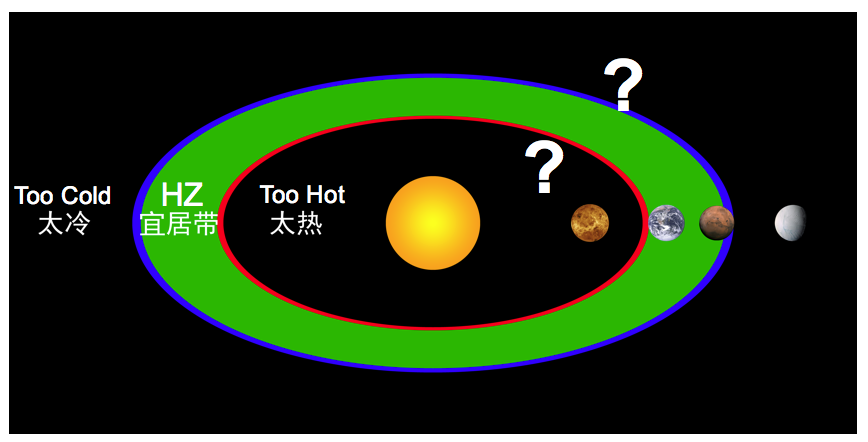Watch: May 26 Prof. Jun YANG: Habitable Zone: Definitions, Estimations, and Recent Advances
Speaker: Jun YANG
Peking University
May.26, 2022
3pm GMT+8

Over 5000 exoplanets have been confirmed, and the number is still increasing rapidly. Discovering planets itself is insufficient, however, unless we also know which of them are potentially habitable: Do any of these planets have conditions that would support life? What factors favor the building and maintenance of a temperate environment for life? In this talk, I will present how to define "habitable zone around stars" and how to estimate the inner and outer edges of the habitable zone based on simple and complex climate models. I will also briefly review several recent advances in this research area, such as H2 greenhouse effect, limited CO2 cycle, cloud effect, and the effect of sea-ice motion. Identifing which planets are potentially habitable or unhabitable is critical for follow-up atmospheric characterizations and biosignature detections.

Jun Yang did phD study at the Peking University between 2007 and 2013 on a paleoclimate topic: a snowball Earth climate. After that, he did postdoc research on planetary climate and habitability at the University of Chicago between 2013 and 2016. In 2016, he joined the Department of Atmospheric and Oceanic Sciences at the Peking University as an Assistant Professor. In his research he uses idealized physical models, 3D complex numerical models, and fluid dynamical theories to understand and explain fundamental problems in Earth and Planetary Sciences, such as the flow characteristics of atmosphere, ocean and ice and the climate and habitability of planets in and beyond the solar system. Recently he's been focusing on tidally locked terrestrial planets orbiting around low-mass stars, such as how clouds and oceans influence their habitability.
Sign up to the ISSI-BJ Newsletter or follow us on WeChat (ISSIBJ)
to be always up-to-date and to not miss our seminars!


